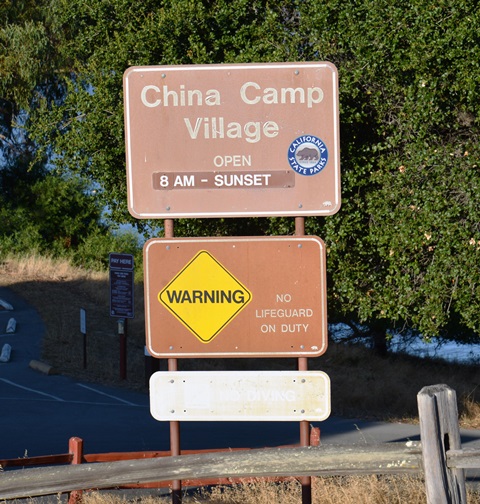Chines Fishing Camp
Wa Jen Ha Lio
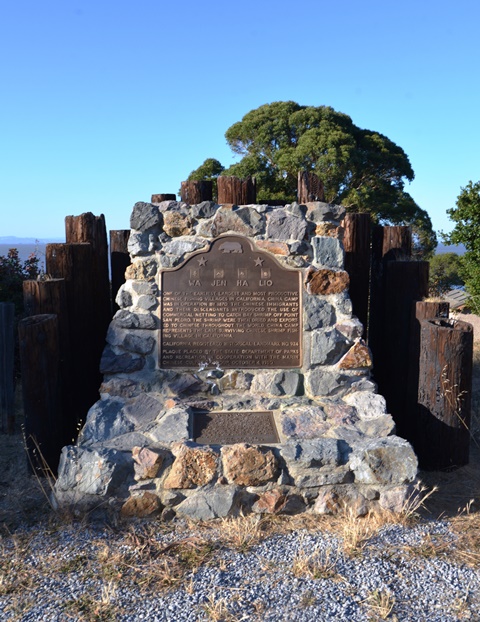
“One of the earliest, largest and most productive Chinese fishing villages in California, China Camp was in operation by 1870. The Chinese immigrants and their descendants introduced the use of commercial netting to catch bay shrimp off Point San Pedro. The shrimp were then dried and exported to Chinese throughout the world. China Camp represents the last surviving Chinese shrimp fishing village in California.
One of many Chinese shrimp camps on the bay, this site was home to several thousand Chinese from 1880 to 1905. Left unemployed by the completion of the Pacific Railroads, driven from the city by restrictive laws, they joined those already shrimping in the bay. Changes in the fishery and new laws caused a rapid decline in population, until today Frank Quan is the only original resident still living here.”
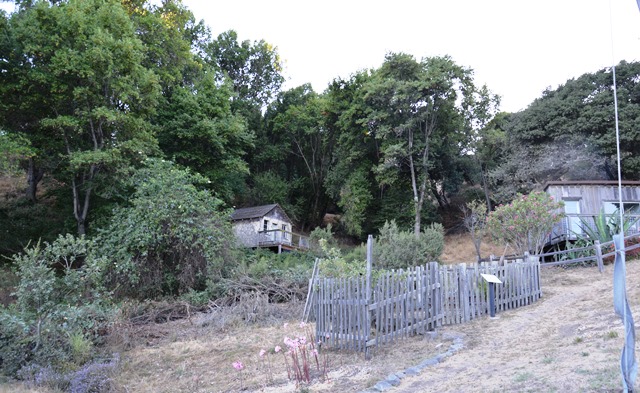
I honestly had no idea if Wa Jen Ha Lio had operating hours or an admission price when we discovered it, the way we do so much of what we find along the road, serendipitously; which frankly is my most favorite way to see the world.
As we drove the curved roads which hugged San Pablo Bay, in San Rafael, Californian, we came across the above historical marker, a sign to stop! It is always best when Kate drives, as she is fearless. She headed down the road, and continued until we both realized it was time to get out of the car, and take pictures!
I literally had this place to my own, until I took the last picture. The former shrimping and fishing village is now part of China Camp State Park.
There was something so authentic about this stop; and you know how much I enjoying literally touching history!
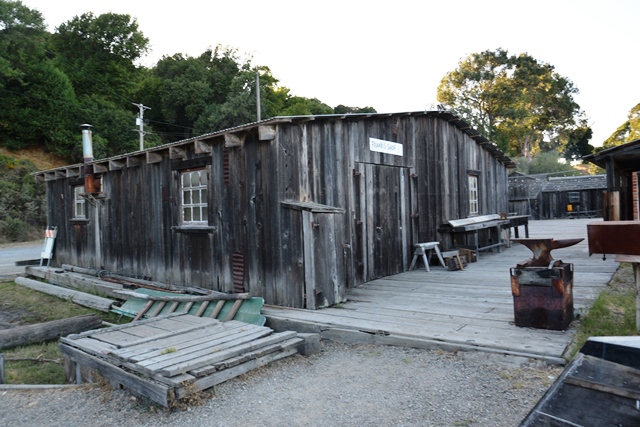
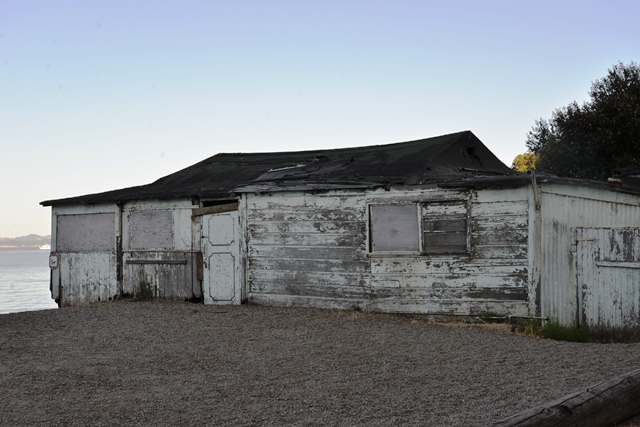
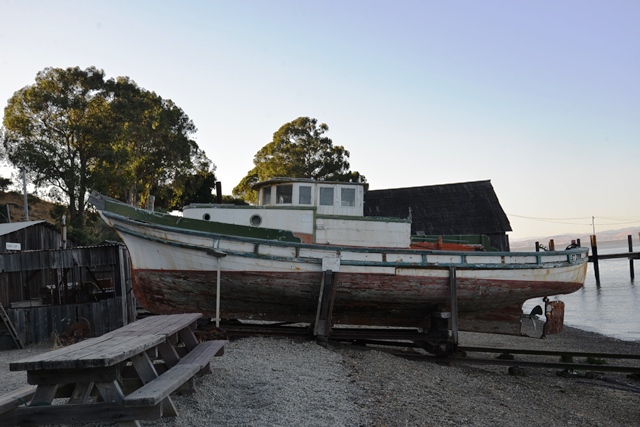
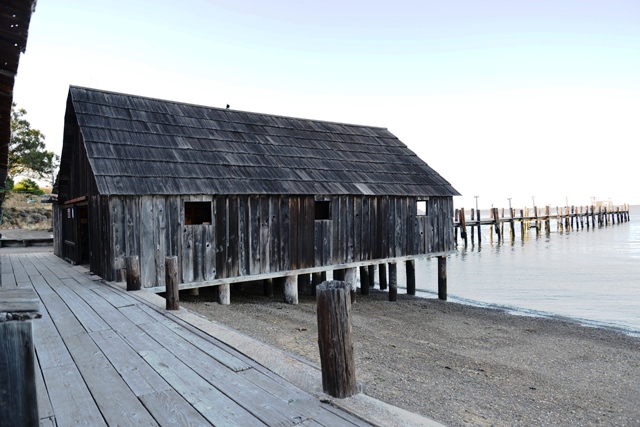
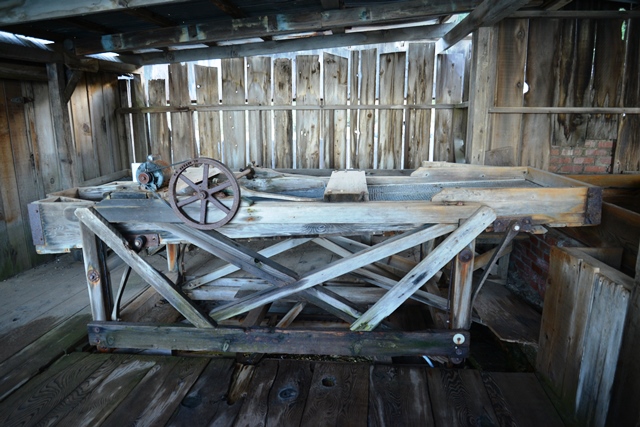
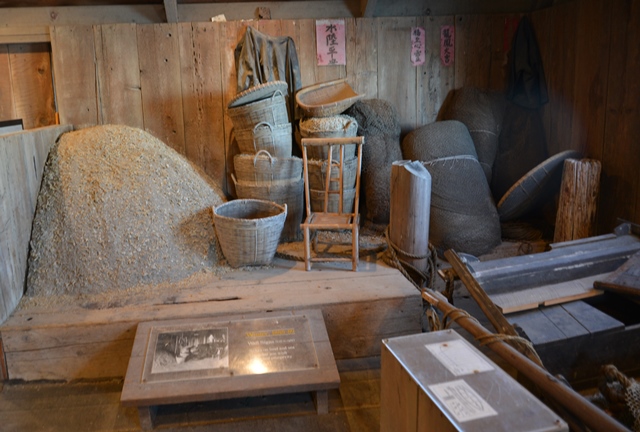
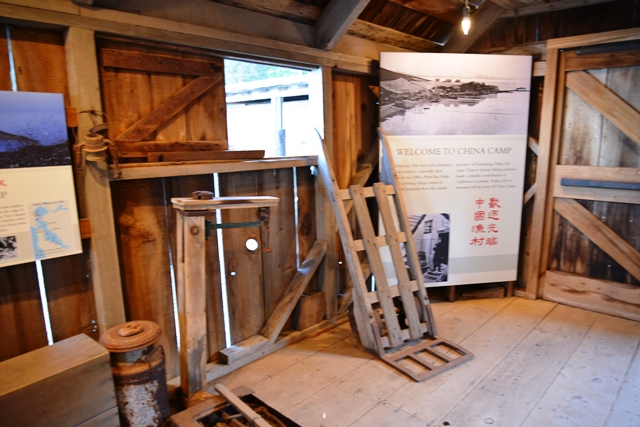
From Wikipedia:
“Prior to the 1700s, the area now containing the park was inhabited by indigenous Coast Miwok people, who lived by hunting, harvesting acorns from the local oaks, and fishing and gathering seafood from the bay. After the 1775 arrival of the Spanish, who founded the nearby Mission San Rafael Arcángel, the Miwok were largely wiped out within 100 years.
In 1844, the Spanish granted much of the land that now comprises the park to Timothy Murphy, an Irish settler who became mayor (alcalde) of San Rafael. Following the United States takeover of California in 1846, Murphy lost most of his land and subsequently died, and the land came into the possession of John and George McNear, two Sonoma County businessmen who established a large dairy ranch and other businesses, such as a quarry and brickyard, on the site. These businesses employed a number of Chinese immigrants, who began to settle in the area.
Chinese Settlement
The Chinese shrimp fishing village in 2010
By the 1880s, Chinese Americans had established a village at China Camp of approximately 500 people, many of whom were originally from Canton, China. They supported themselves by shrimp fishing in San Pablo Bay and/or working at local businesses. In its heyday, the village had three general stores, a marine supply store and a barber shop. China Camp was one of approximately 26 such shrimp-fishing villages established along the coast by Chinese Americans, many of whom had moved from San Francisco to escape racial prejudice and persecution. For a brief time following the 1906 San Francisco earthquake and fire, China Camp’s population increased to 10,000 as residents of San Francisco’s Chinatown fled from the destruction.
In the late 1800s, the Chinese American fishermen of China Camp would catch 3 million pounds of shrimp per year, much of which was exported to China and Hawaii. However, the economy of the village was severely harmed by the passage of laws in the early 1900s that outlawed the export of shrimp, closed the height of the shrimping season, and prohibited shrimping with bag nets which were the main method of catching shrimp. As a result, the population of China Camp greatly declined, leaving only one family — the Quans — carrying on shrimp fishing.
In 1914, a new net, the trawl, was invented, which made it possible for the Quans to resume their commercial shrimp fishing enterprise and process 5,000 pounds of shrimp per day. They also operated other businesses such as a general store, a boat rental, and a cafe, which served both villagers and visitors who came to the area for outdoor recreation.”
